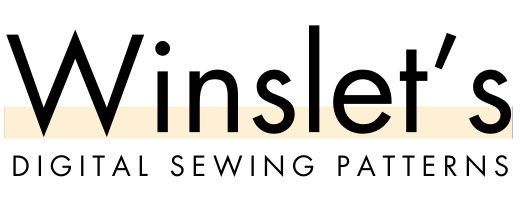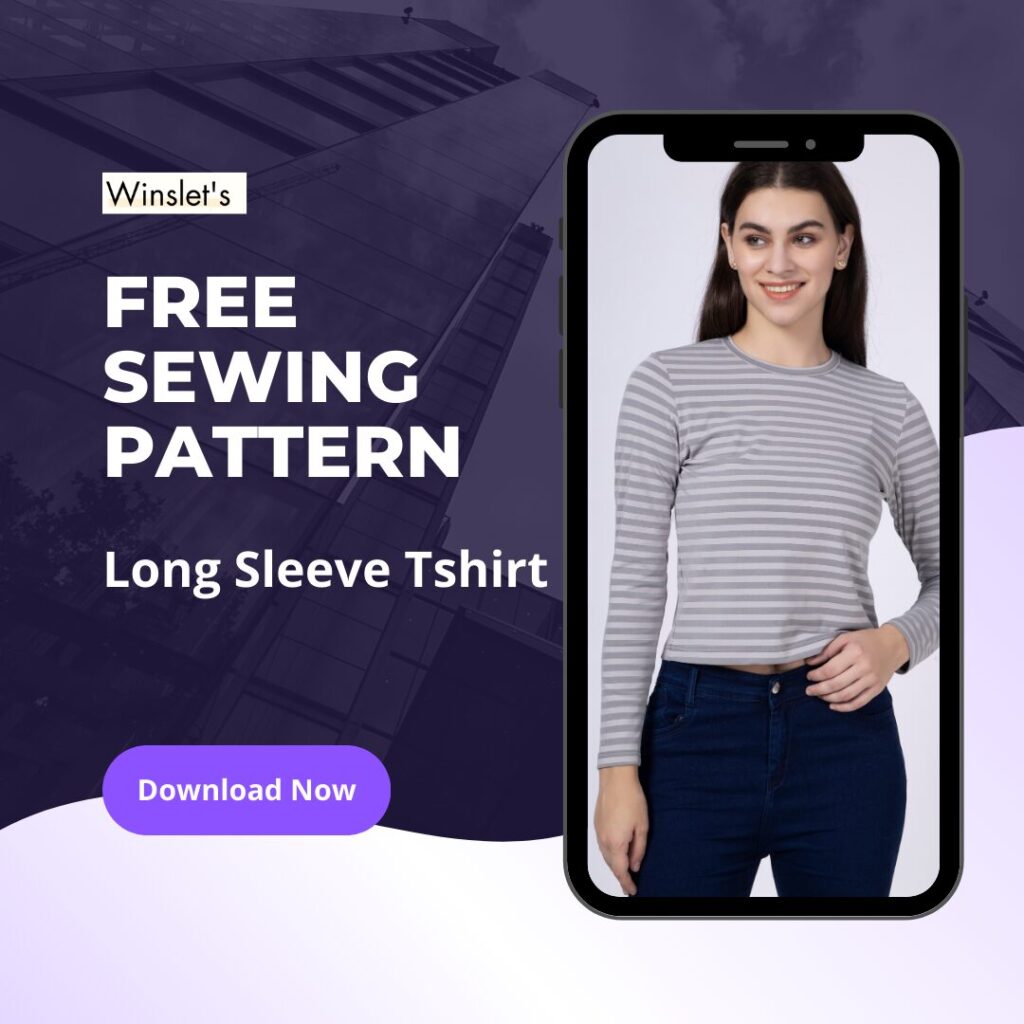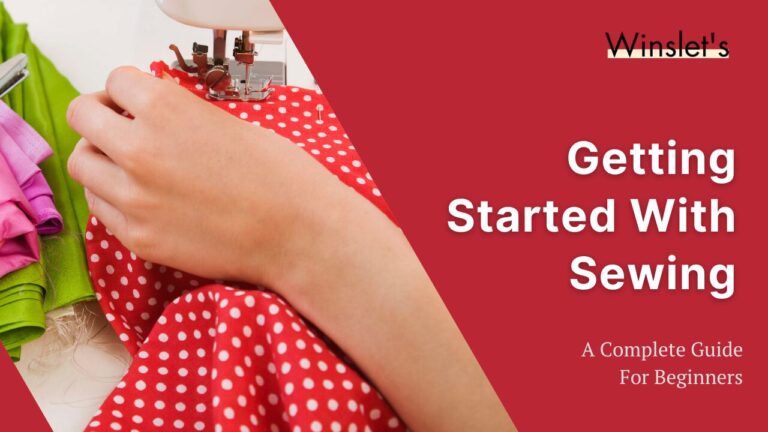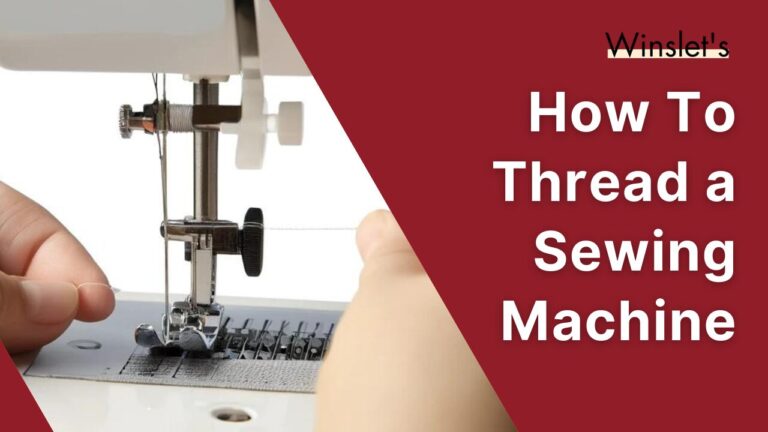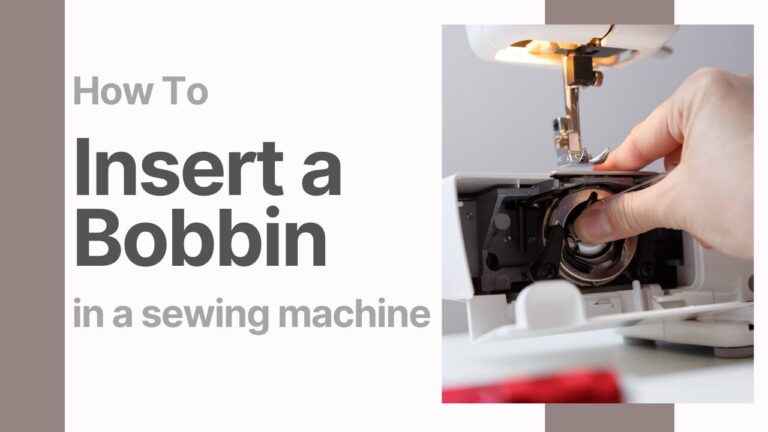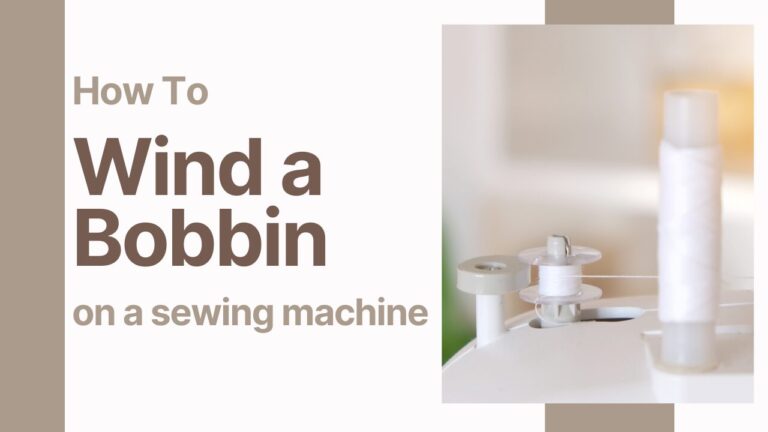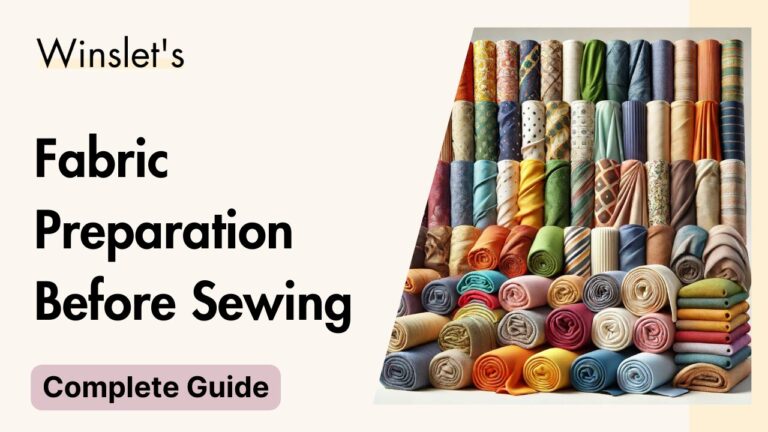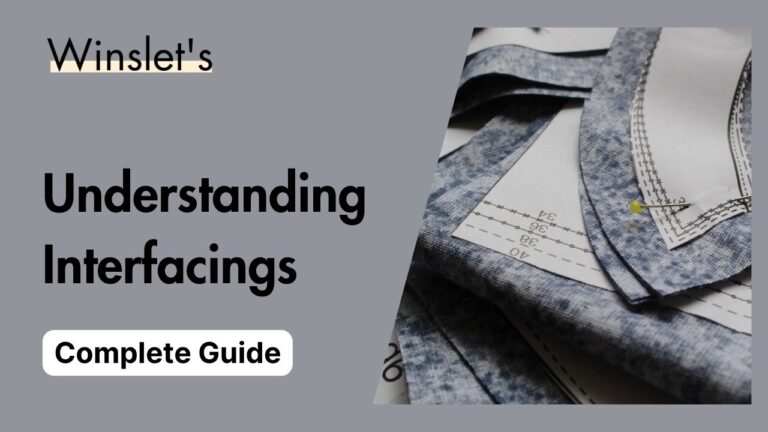Sewing 101: Understanding Different Sleeve Types and How to Use Them
Sleeves are a defining feature of any garment, impacting both style and functionality. From the elegant bishop sleeve to the practical raglan sleeve, each type adds a unique touch to clothing design. For beginners, understanding different sleeve styles can feel overwhelming, but learning their characteristics can help you choose the right one for your sewing projects. This guide explores various sleeve types, their structure, best uses, and tips for sewing them successfully. Whether you’re designing a vintage-inspired blouse or a sporty jacket, you’ll find the perfect sleeve to match your vision.

Source: pinimg
Understanding Sleeve Types
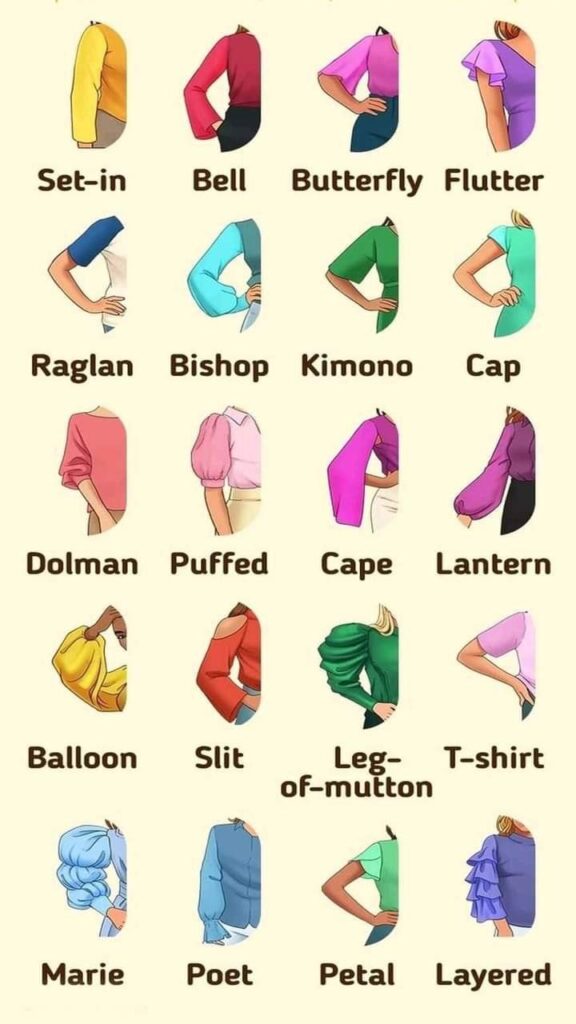
Source: pinimg
1. Set-in Sleeves: These are the most common type where the sleeve is sewn into an armhole. They provide a tailored look and are found in many formal and casual garments.
2. Raglan Sleeves: Raglan sleeves extend diagonally from the neckline to the underarm, creating a continuous line from collar to sleeve cuff. They are often found in sportswear and are known for their comfortable fit.
3. Dolman Sleeves: Also known as batwing sleeves, dolman sleeves are wide and taper towards the wrist. They are typically seamless between the bodice and sleeve, offering a relaxed and comfortable fit.
4. Kimono Sleeves: Inspired by traditional Japanese attire, kimono sleeves are wide and extend from the neckline to the wrist with no shoulder seam. They are loose and comfortable, often seen in casual and bohemian styles.
5. Bishop Sleeves: Bishop sleeves are full and gathered at the cuff, creating a voluminous effect. They add drama and elegance to blouses and dresses.
6. Cap Sleeves: These sleeves barely cover the shoulder and provide a minimalistic look. They are common in casual tops and dresses.
Sewing Sleeves
Tips:
- When attaching sleeves to a garment, use plenty of pins to secure them in place. Ease any excess fabric to prevent puckering.
- Press seams and hems carefully to ensure a neat finish. Use a pressing cloth to avoid damaging delicate fabrics.
- Reinforce seams with topstitching for added durability, especially in high-stress areas like underarms.
Sleeve construction involves understanding the specific techniques and considerations for each type. Here’s a detailed overview of how to sew some common sleeve types:
1. Set-in Sleeves

Source: blog fabric
Set-in sleeves are found in many tailored garments and require precision to sew neatly into the armhole of the bodice.
- Finish the raw edges of the sleeve and the armhole of the bodice.
- Typically, you’ll create ease stitches along the sleeve cap (top of the sleeve) to help it fit smoothly into the armhole. This involves stitching two lines of long stitches within the seam allowance and then gently pulling them to gather or ease the fabric.
- Match the underarm seam of the sleeve to the side seam of the bodice, right sides together. Start pinning from the underarm and work your way up to the shoulder seam, distributing any gathers or easing evenly. Stitch along the seam allowance, removing pins as you sew.
- Trim seam allowances, press them open or towards the bodice, and finish with a serger or zigzag stitch to prevent fraying.
2. Raglan Sleeves

Source: klass
Raglan sleeves extend diagonally from the neckline to the underarm, providing a sporty and comfortable fit.
- Finish the raw edges of the sleeve and the bodice pieces.
- With right sides together, pin the raglan sleeve pieces to the bodice front and back along the raglan seam line. Sew the seams, ensuring to backstitch at the beginning and end.
- Trim seam allowances, press them open, and finish with a serger or zigzag stitch.
3. Dolman Sleeves
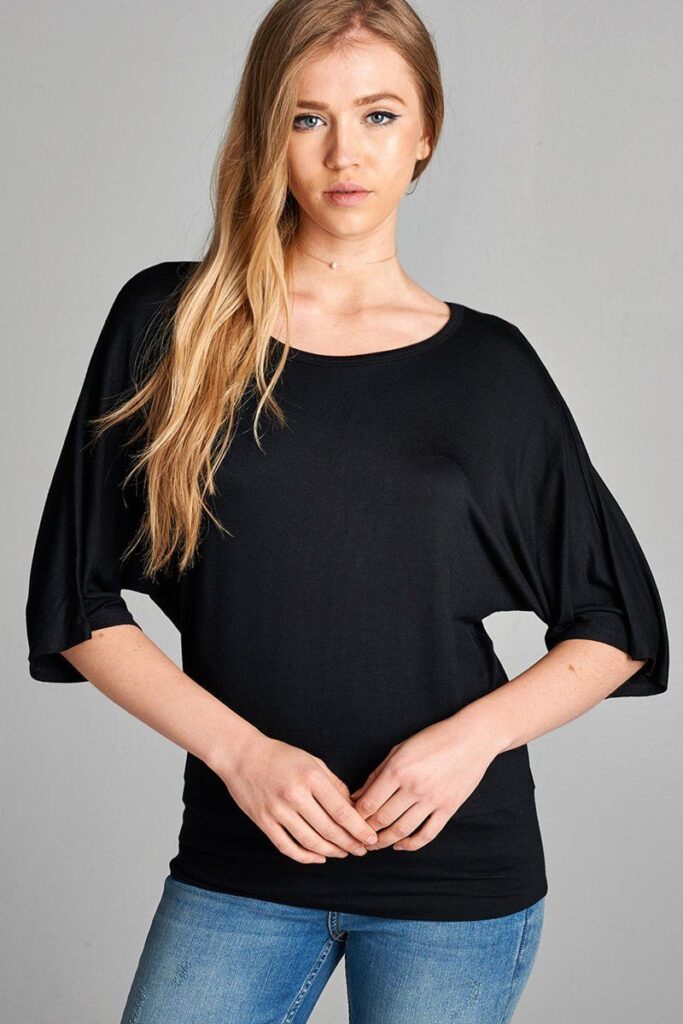
Source: https://i.pinimg.com/originals/7f/59/1b/7f591bbdea01351e16d83b165bff8c40.jpg
Dolman sleeves are wide and taper towards the wrist, typically seamless between the bodice and sleeve.
- Finish the raw edges of the sleeve and bodice pieces.
- Lay the front and back bodice pieces flat, right sides up. Place the sleeve pieces on top, aligning the underarm seams. Pin along the side seams from the wrist to the bodice hem and sew.
- Trim seam allowances, press them open, and finish with a serger or zigzag stitch.
4. Kimono Sleeves
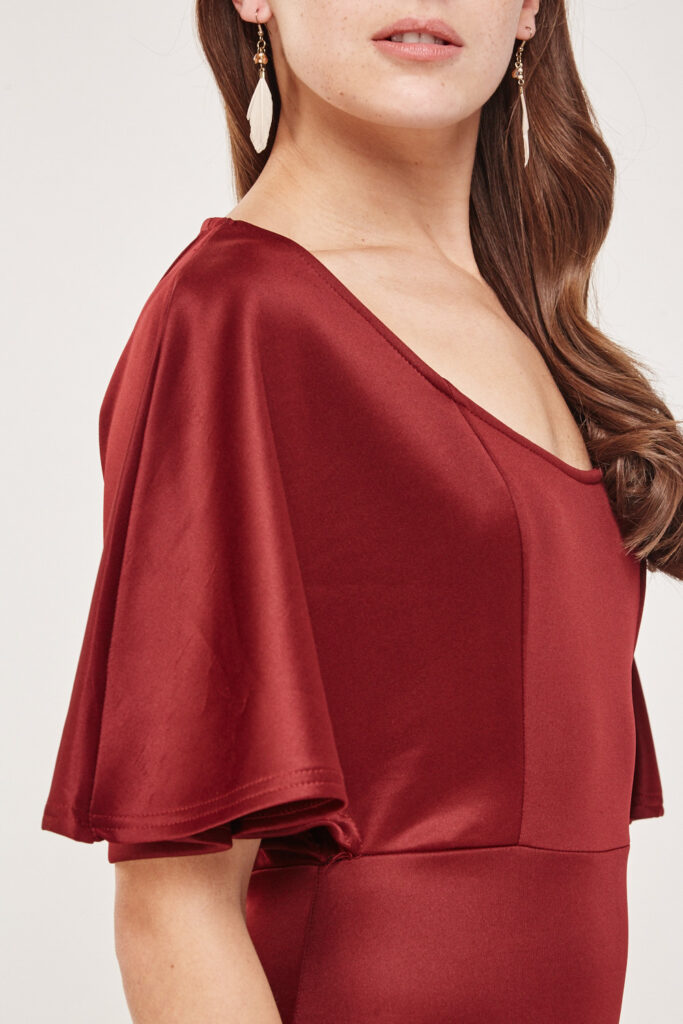
Source: https://fiver.media/images/mu/2018/11/15/flared-kimono-sleeve-bodycon-dress-102793-3.jpg
Kimono sleeves are wide and extend from the neckline to the wrist with no shoulder seam, offering a loose and comfortable fit.
- Finish the raw edges of the sleeve and bodice pieces.
- Lay the front and back bodice pieces flat, right sides up. Place the kimono sleeve pieces on top, aligning the underarm seams. Pin along the side seams from the wrist to the bodice hem and sew.
- Trim seam allowances, press them open, and finish with a serger or zigzag stitch.
Real-Life Applications of Different Sleeve Types
👗 Formal Dresses & Blouses:
- Bishop, puff, and bell sleeves create a romantic and elegant touch.
🏃 Activewear & Casual Wear:
- Raglan and dolman sleeves provide flexibility and comfort.
🎭 Vintage & Statement Pieces:
- Kimono, bishop, and exaggerated puff sleeves add dramatic flair.
🌞 Summer Outfits:
- Cap sleeves and short puff sleeves offer a lightweight, breathable option.
🧥 Outerwear & Jackets:
- Raglan sleeves give extra movement, while set-in sleeves provide structure.
Troubleshooting Common Sleeve Sewing Issues
❌ Sleeves are too tight or too loose
✔ Always measure arm circumference before cutting. Adjust the ease if necessary.
❌ Puckering at the sleeve cap
✔ Ensure you use proper ease stitching and gently gather before attaching.
❌ Difficulty aligning sleeve seams
✔ Match notches and shoulder seams carefully before sewing.
❌ Sleeve hem is uneven
✔ Press the fabric well and use a hem guide to ensure a straight finish.
Final Tips for Choosing and Sewing Sleeves Successfully
✨ Choose the right fabric—stiff fabrics work well for structured sleeves, while soft fabrics are better for flowy styles.
✨ Practice on scrap fabric before sewing tricky sleeve types like bishop or kimono.
✨ Use interfacing if needed to maintain sleeve shape, especially for structured designs.
✨ Press all seams for a smooth and professional look.
Summary: Beginner’s Guide to Sewing Sleeves
1. Common Sleeve Types and Their Features
✅ Set-in Sleeves
- The most common type, attached at the armhole with a seam.
- Used in shirts, blouses, and dresses for a structured look.
✅ Raglan Sleeves
- Extended from the neckline, creating a diagonal seam.
- Found in sportswear, casual tops, and jackets for ease of movement.
✅ Cap Sleeves
- Short and barely covering the shoulder, giving a delicate look.
- Popular in summer dresses and feminine blouses.
✅ Bishop Sleeves
- Full and gathered at the wrist, offering a soft, flowing silhouette.
- Often seen in romantic and vintage-style clothing.
✅ Bell Sleeves
- Fitted at the shoulder and flaring out towards the wrist.
- A stylish choice for boho dresses and statement tops.
✅ Puff Sleeves
- Gathered at the shoulder to create volume.
- Common in dresses, blouses, and period-style garments.
✅ Dolman Sleeves
- Cut as one piece with the bodice, with a wide armhole.
- Used in relaxed-fit tops and casual knitwear.
✅ Kimono Sleeves
Found in elegant wraps, robes, and relaxed-fit garments.
Wide and flowing, inspired by traditional Japanese kimonos.
If you are a sewist, have a look at our recommended sewing machines: beginner sewing machines, sewing tools and notions, coverstitch sergers and overlock machines, embroidery machines and quilting sewing machines, sewing practice sheets and sewing project planner.
If you are looking for sewing patterns, here are some great options: Activewear Sewing Patterns, Plus Size Sewing Patterns, Outerwear Sewing Patterns, Jumpsuit Sewing Patterns, Coord Set Sewing Patterns, Pants Sewing Patterns, Shorts Sewing Patterns, Skirts Sewing Patterns, Dress Sewing Patterns, Top Sewing Patterns, Bodycon Sewing Patterns, Evening Dresses Sewing Patterns, Loungewear Sewing Patterns, Cottagecore Sewing Patterns, Free Sewing Pattern.
Happy Stitching.
